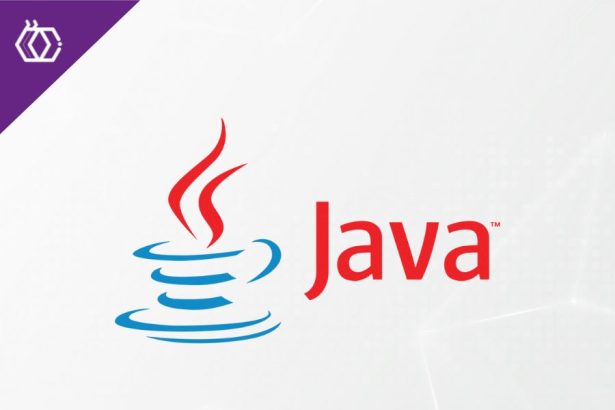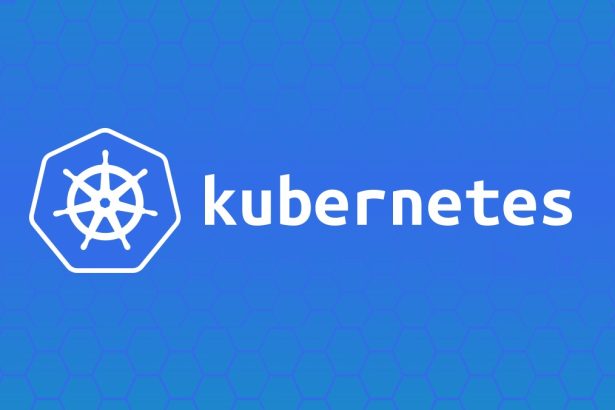Kubernetes (commonly abbreviated as K8s) is a leading tool for container orchestration, enabling developers and operations teams to manage and scale applications seamlessly. With Kubernetes’ widespread adoption across industries—from startups to enterprise-level organizations—its key concepts like Pods, Services, Ingress, and YAML are now mandatory knowledge for IT professionals.
This crash course provides a beginner-friendly overview of these essential Kubernetes components. By mastering these areas, you’ll gain a strong foundation for scaling containerized applications effectively and efficiently.
Table of Contents
- Practical Examples to Apply Your Knowledge
- Essential Tips for Mastering Kubernetes
- FAQs About Kubernetes Pods, Services, Ingress, and YAML
1. What is Kubernetes and Why is It Important?
Kubernetes is an open-source platform for managing containers and distributed systems. Whether hosting cloud-native applications or migrating monolithic systems, Kubernetes provides the automation and scalability to handle deployments with reliability.
Key Benefits of Kubernetes:
- Scalability: Automatically scale applications up or down based on demand.
- Resilience: Supports self-healing, replacing failed Pods automatically.
- Efficiency: Optimally allocates resources, reducing operational costs.
- Portability: Works across cloud providers (AWS, Azure, GCP) as well as on-premises infrastructure.
With these capabilities, Kubernetes has revolutionized DevOps and modern software development, becoming an industry standard for container orchestration.
2. Understanding Kubernetes Concepts
To harness Kubernetes efficiently, you must first understand some of its core components—which are Pods, Services, Ingress, and YAML.
1. What Are Pods in Kubernetes?
Definition:
A Pod is the smallest execution unit in Kubernetes. It is a logical host for one or more containers that work together as a single application service.
Key Characteristics of Pods:
- Ephemeral: They are temporary and can be replaced automatically when failures occur.
- Shared Environment: Containers in a Pod share networking (localhost) and storage.
- Single Application Focus: Pods typically encapsulate one application container (e.g., Nginx), though multiple containers are possible for tightly coupled workloads.
Example Use Case:
Imagine your application requires a web server (e.g., Nginx) that logs requests to a local sidecar logging container. These two containers can live inside the same Pod.
Basic Command to Create a Pod:
You can create a Pod manually using a YAML file (explained below):
kubectl apply -f pod-definition.yaml
2. How Do Kubernetes Services Work?
Definition:
A Service in Kubernetes exposes your Pods to internal processes or external users. Since Pods are ephemeral (subject to restart or deletion), Services provide continuity by enabling consistent communication, regardless of Pod changes.
Types of Services:
- ClusterIP: Exposes the service only within the cluster (default).
- NodePort: Exposes the service on a specific port accessible externally.
- LoadBalancer: Provisions cloud-based load balancing for external traffic.
Example Use Case:
Your frontend Pods (React.js app) communicate with backend Pods (REST API). A Service ensures backend Pods remain accessible, even if their IP addresses change.
Command to View Services:
kubectl get services
3. What is an Ingress in Kubernetes?
Definition:
An Ingress is a collection of routing rules that manage external HTTP/S access to Services in a Kubernetes cluster. It acts like a gateway, controlling how external requests reach your specific services.
Why Use an Ingress?
- Simplifies routing by creating specific paths and rules (e.g.,
my-app.com/api). - Supports load balancing.
- Enables Secure Sockets Layer (SSL) termination.
Example Use Case:
You run an e-commerce platform with separate services for user authentication, payment processing, and product API. An Ingress can route traffic to these services using specific URLs (/auth, /payment, /products).
4. YAML Files in Kubernetes Simplified
Definition:
Kubernetes configurations are typically written in YAML files, which describe the desired state of Kubernetes resources like Pods, Services, and Deployments.
Key Characteristics of YAML:
- Simple, human-readable format.
- Hierarchical structure for easy grouping.
YAML Breakdown (Pod Example):
Here’s an example of a YAML spec for creating a Pod:
apiVersion: v1
kind: Pod
metadata:
name: my-pod
labels:
app: demo
spec:
containers:
- name: nginx
image: nginx
ports:
- containerPort: 80
Explanation:
- apiVersion: Specifies the Kubernetes API version.
- kind: Defines the type of resource (e.g., Pod, Service).
- metadata: Contains resource metadata like name and labels.
- spec: Specifies the desired state (e.g., containers, ports).
3. Practical Examples to Apply Your Knowledge
Example 1: Running a Pod
Create a YAML file named pod.yaml:
apiVersion: v1
kind: Pod
metadata:
name: hello-world-pod
spec:
containers:
- name: hello-world
image: nginx
Run the following command to deploy:
kubectl apply -f pod.yaml
Example 2: Exposing a Service
Expose your Pods with a NodePort Service:
kubectl expose pod hello-world-pod --type=NodePort --port=80
Example 3: Setting Up an Ingress
Example of an HTTP rule in an Ingress YAML:
apiVersion: networking.k8s.io/v1
kind: Ingress
metadata:
name: my-ingress
spec:
rules:
- host: my-app.com
http:
paths:
- pathType: Prefix
path: "/api"
backend:
service:
name: my-service
port:
number: 80
Apply the file:
kubectl apply -f ingress.yaml
4. Essential Tips for Mastering Kubernetes
- Practice on Local Environments: Start with tools like Minikube or Kind to experiment locally.
- Learn Command-Line Basics: Familiarize yourself with commands like
kubectl get,describe, andlogs. - Understand Orchestration: Practice setting up auto-scaling and rolling updates.
- Use Real-World Scenarios: Work on projects involving multi-service applications to understand advanced concepts.
- Pursue Certifications: The Certified Kubernetes Administrator (CKA) certification validates your Kubernetes expertise.
5. FAQs About Kubernetes Pods, Services, Ingress, and YAML
1. Is YAML mandatory for Kubernetes?
Yes, YAML provides the standard format for defining and applying Kubernetes resources.
2. What’s the difference between a Pod and a Deployment?
A Pod is a single unit with containers, while a Deployment manages replicas of Pods and ensures high availability.
3. Can I use Kubernetes without Docker?
Yes, Kubernetes supports other container runtimes like containerd and Cri-O.
By mastering concepts like Pods, Services, and YAML alongside practical exposure, you’ll build a solid foundation to excel in Kubernetes. Get started today and become a vital part of the cloud-native revolution!


